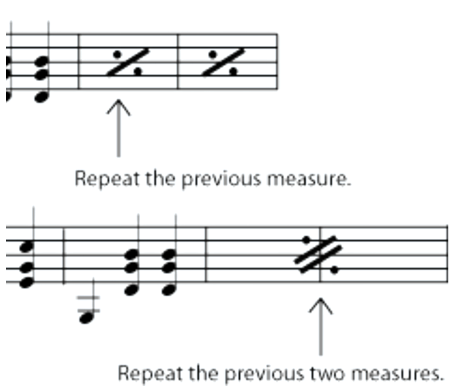I spent the first five (or more) years as an orchestral professional in a perpetual state of panic and/or frustration. I over-prepared.
I spent unbelievable amounts of time and energy practicing every passage and perfecting my fingerings. And yet, I frequently found myself unable to apply the success of individual practice to success with an ensemble. I couldn’t execute those difficult passages up to the proficiency I had demanded of myself when preparing. Even when your fingerings are pretty good, having them does not guarantee playability in an ensemble. This phenomenon is quite upsetting to any musician who cares. More time and effort invested equals more emotional investment.
Use the Musical Phrase!
These days, with 20 years under my fingers, I am attuned to the nature and use of musicianship in practice, in learning, and reaching consistency as a successful orchestral performer. Playing the musical phrase can make passage assembly and ensemble integration accessible. It isn’t something that is added once the part is learned. Those who are intuitively able to feel musical phrase will find how it makes sense and struggle much less when in rehearsal.
Orchestra Survival Skills
Students bring their orchestra music to their private lessons, whether their orchestra teacher has instructed them to do so, or they are conscientious students; they usually arrive experiencing some degree of panic. It happens. We have all experienced the awful feeling when you are truly good and lost. Whether a page away or a line skipped, it is so unpleasant, and for me, too common, that it is always wise to plan ahead for the possibility to minimize embarrassment.
The important thing to remember when something goes awry is it isn’t about you. Choose the solution that is in the best interest of the orchestra. If you aren’t right, stop playing and don’t guess! Air bowing is not helpful. Have your students try keeping the bow an inch away from the string whilst executing normal bowing. Slow is excruciating. The control needed to avoid bouncing all over is very hard to come by.
• Bowing, Bowing, Bowing! This is the primary skill. We use bowings to keep us in sync; up bows collect our coordination for accurate landing in and onto the notes of phrase that register as content in the bigger setting.
• Slurring and pickups/upbeats. Find a particularly ugly/ challenging passage. It is easier to tell students to enter or recover via downbeats, but finding the lead-ins to the emphasized beats is much more useful and… catching the timing preceding the downbeat (pickups) offers visual and physical control after losing the line. Know the purpose of the bowings that come after (or before) the tricky trip up passages. Do all you are able to mark your part well and in advance!
• Prepare “landing” notes. Not all notes are created equal; when you get out of sync, stop the bow and find your landing notes to re-enter. The idea of “catching up” is never the way to manage mistakes or timing situations. If insecure with correct measure for re-entry, approaching downbeats with care to adjust pitch (if wrong) can get you through.
• Landmarks. Determine and learn to listen for recognizable passages. These are personal- use what you notice with most ease. Have the location of the “landmark” visually available for the eyes to jump to immediately when you hear it.
• Transitions. Know (musically memorize) what comes before them and watch the conductor. They provide the most relevant of visual clues.
• Rhythm. Know where the weird rhythms with rests fall. If in doubt, hold bow in the ready position (on the string) and join in when you are sure or safe from “falling” into the rests. Regarding getting lost in the whole notes, start counting and feeling the subdivisions before you get to the sustained pitch. If you struggle with repeated patterns and getting lost: Many parts written for string sections have a page that can easily cause “glassy eye syndrome.” There are two types of notation used. If the notes are all written, indicate the repetitive pattern and when notes change (number each measure or bracket/number repeated phrase). Then count!
the rests. Regarding getting lost in the whole notes, start counting and feeling the subdivisions before you get to the sustained pitch. If you struggle with repeated patterns and getting lost: Many parts written for string sections have a page that can easily cause “glassy eye syndrome.” There are two types of notation used. If the notes are all written, indicate the repetitive pattern and when notes change (number each measure or bracket/number repeated phrase). Then count!
• Listen to what aural cues the orchestra gives you. For 2nd violins/violas, pay attention to percussion and bass parts to help with off-beats or syncopation. For 1st violins (especially during Stratospheric passages), pull back volume and tilt your ear to your instrument and blend! Assume the problem is you until you determine otherwise
Music is a map of sorts: we plan the journey ahead of time. We want to be comfortable and secure with our directions and intentions.
Jennifer began studying violin at age 3 with her father in Alberta, Canada. After receiving a B.M in Violin Performance and a M.A from Middle Tennessee State University, she returned to university to properly study the viola. Currently, Jennifer performs with the Jackson Symphony Orchestra, the Murfreesboro Symphony, the Nashville Philharmonic Orchestra, the Parthenon Chamber Orchestra, Wire Cabal, and with her quartet the TULSIANNI ENSEMBLE.





























